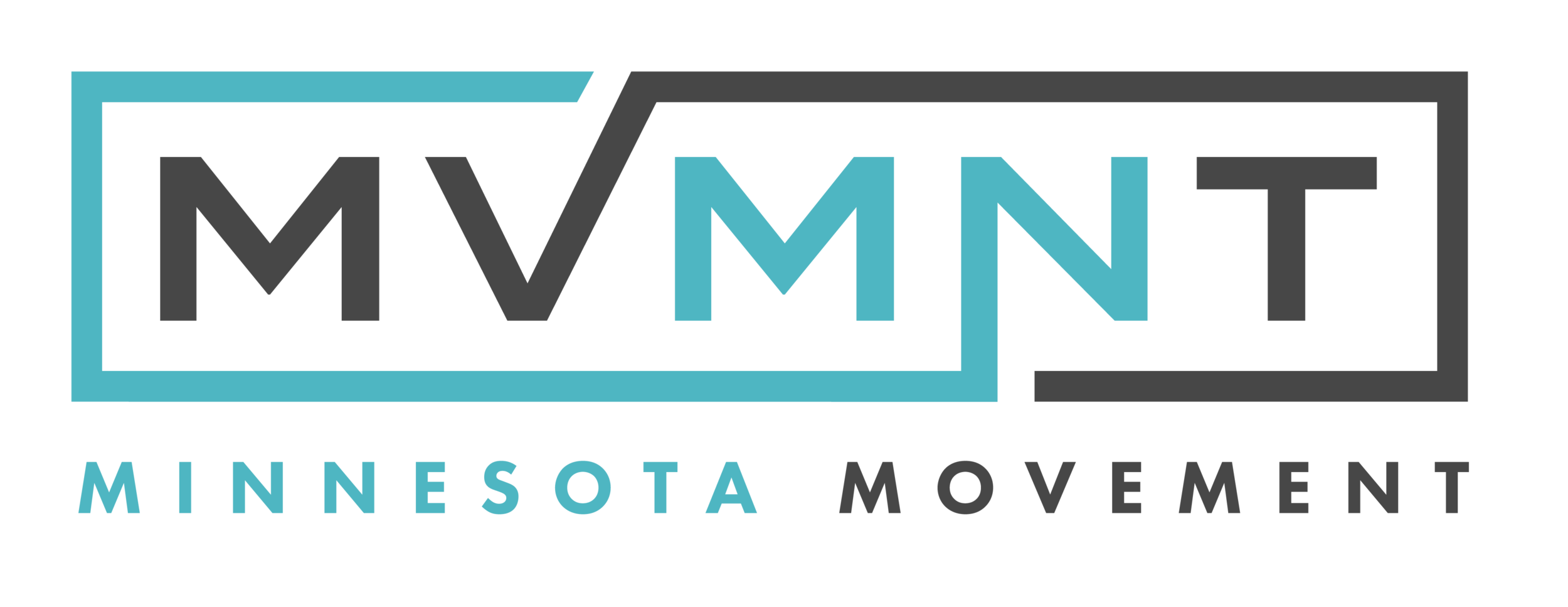Stiffness does not equal Stability
And “tightness” can be “taughtness.” Your brain can very well impart temporary stability across a joint(s) when motor control is lacking. This can feel like stiffness.
That doesn’t necessarily mean that joint(s) are stable.
Let’s give an example. Your calves feel tight and they’re restricting your ability to squat.
If we isolate the gastroc/soleus complex with a simple knee-to-wall test with your toes 2-4 inches away from the wall you’re golden. But why do they feel tight? Or stiff?
Trust. That’s why.
Your brain doesn’t trust another joint (foot/knee/hip/low back) or muscle to maintain stability so it imparts taughtness across the calf.
Specifically, we see this phenomenon often with proximal “stability.”
When your distal structures aren’t as stable as they can/should be we get proximal (closer to the body) ‘taughtness’ to protect us from a range of motion that may cause injury.
This is why a thorough movement assessment is so important to your course of care. If we don’t know what we’re addressing we’re just guessing. Throwing the kitchen sink at an issue might not lead to optimal results.
Want to learn more? Book an appointment by hitting the link below!

